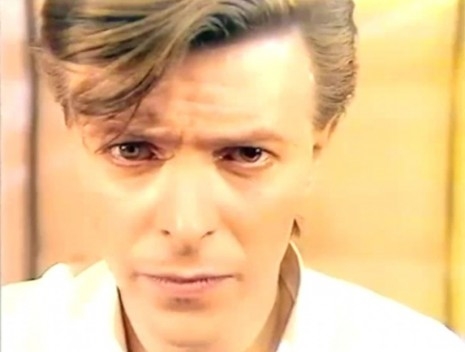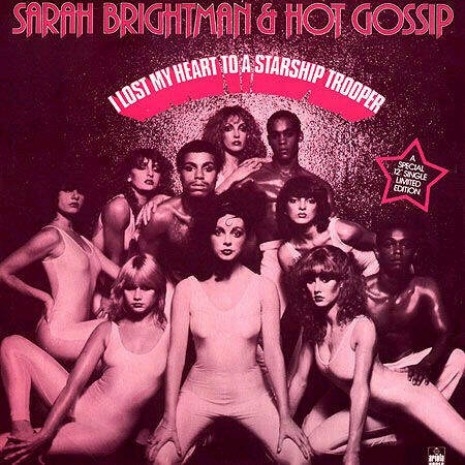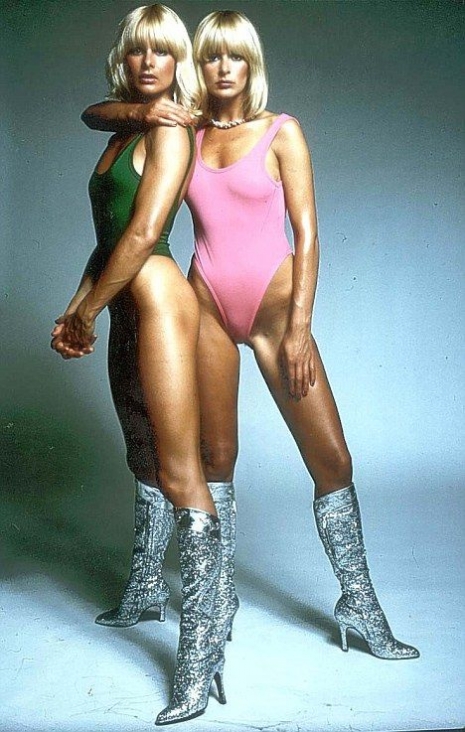
“Page Three” might not mean much to readers outside of the UK. It was a term used to describe the photographs of topless (sometimes naked) glamor models published on the third page of tabloid newspaper the Sun. It was first introduced by (who else?) Rupert Murdoch as a way to increase sales of his newly acquired but failing newspaper. The Sun was in decline having gone from the popular Daily Herald to a less successful rebrand as the Sun in 1964 before Murdoch bought it in 1968. Old Rupert thought sexy glamor models would bring more male readers to his paper. It did but Page Three wasn’t truly successful until editor Larry Lamb made them topless models. The Sun then started to sell by the millions. Lamb launched the first Page Three in November 1970. “I don’t think it’s immoral or indecent or anything,” said Rupert Murdoch later said of Page Three.
But show it to me in any other newspaper I own. Never in America, never in Australia. Never. Never. Never. It just would not be accepted.
Though it did increase sales and made several of the Page Three models rich and famous it was never quite fully accepted by everyone in the UK. Page Three was a source of great controversy and considerable feminist anger—leading to one famous campaign to have Page Three banned. Eventually the Sun agreed it was no longer suitable and the Page Three girls stopped appearing in the paper in 2015.

Glamor model and former Page Three girl Jilly Johnson on the cover of ‘Hot Hits Volume 19.’
Being a Page Three girl was like being a Playboy Bunny—it was a means to achieving a better career. Among those many women who became famous from appearing topless in the Sun were Samantha Fox (who went onto become a pop star and actress and infamously co-hosted the Brit Awards with Mick Fleetwood), Debee Ashby (who had a fling with Tony Curtis—“He wanted company. It wasn’t just my boobs…”), Geri Halliwell (aka Ginger Spice of the Spice Girls), Penny Irving (who became an actress in Are You Being Served? and House of Whipcord), Melinda Messenger (now a TV host and celebrity), Jayne Middlemiss (TV host) and Jordan (aka Katie Price who’s now a multimillionaire TV star, celebrity and author).
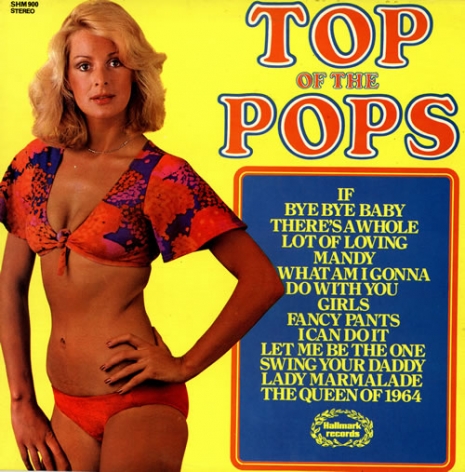
Glamor model and former Page Three girl Nina Carter on the cover of ‘Top of the Pops Volume 44.’
Nina Carter and Jilly Johnson were two of the early Page Three girls. Both were highly successful glamor models in their own right and were famous from their work on fashion shoots, magazines and album covers. Nina and Jilly were two of the best known glamor models working in Britain during the 1970s—both earning the nickname “The Body” long before Elle Macpherson—though they probably weren’t the first.
But wait—we’re not here to talk about Nina and Jilly’s long and successful modeling careers but rather about the time they formed a band in the late 1970s called Blonde on Blonde.
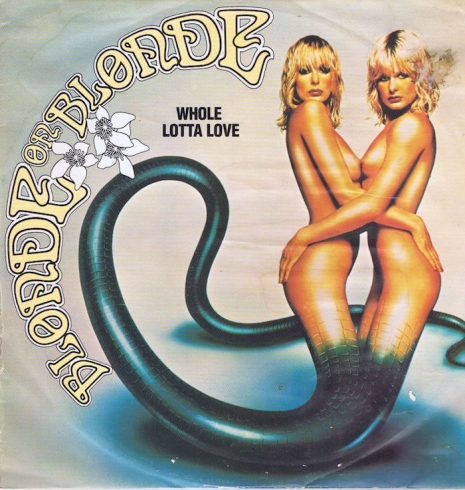
Blonde on Blonde ‘Whole Lotta Love.’
Blonde on Blonde was a short-lived pop band that made little headway in the UK but was a big hit in Japan. “We have Japanese men coming up to is and begging us to let them be our slaves!” Nina told the Evening Times in 1978. Nina and Jilly were serious about their pop career but as Nina explained at the time:
Unfortunately we are having difficulty persuading the music business in this country to do the same. People tend to dismiss us a gimmick.
More from Blonde on Blonde after the jump….






